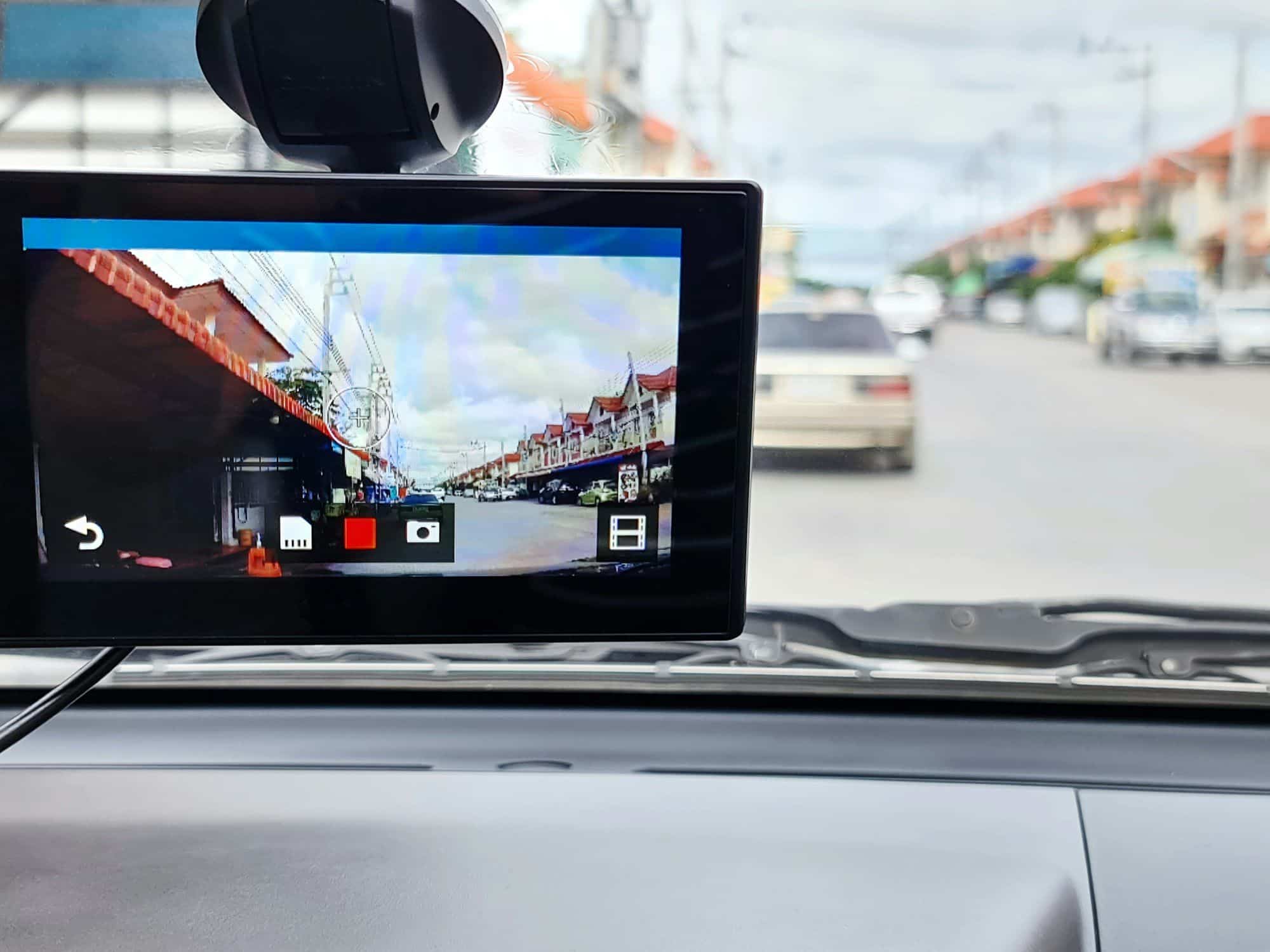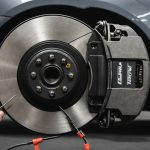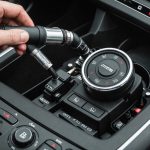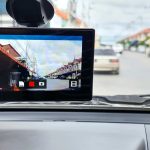Installing a 360-degree dashcam in your British car offers comprehensive protection against accidents and incidents. This guide provides step-by-step instructions to ensure you maximize your vehicle’s safety. Equipped with insider tips and practical insights, you'll learn how to choose the right camera, secure its placement, and handle the wiring process with ease. Enjoy peace of mind on the road knowing you have complete coverage at all times. Let’s get started on enhancing your driving experience!
Comprehensive Installation Guide for 360-Degree Dashcam
Installing a 360-degree dashcam might seem daunting, but following a structured dashcam installation guide can simplify the process. Begin by identifying the optimal position for the camera. This is crucial for ensuring comprehensive coverage. Typically, the dashcam should be mounted near the rearview mirror for an unobstructed view.
Have you seen this : Ultimate Guide to Changing Differential Oil in UK Off-Road SUVs for Peak Traction
Next, focus on the wiring. Conceal the cables along the vehicle's headliner and down the A-pillar to maintain a tidy appearance. Use a fuse tap to connect the dashcam to the car's power supply. This not only provides a constant power source but also avoids the need for battery changes.
Safety is paramount during installation. Always disconnect the vehicle's battery before starting to prevent electrical hazards. Wear protective gloves to avoid injuries from sharp edges or components.
Topic to read : Enhancing Throttle Response in Your UK City Car: Top Aftermarket Upgrades You Need to Know
Key steps to remember:
- Position the dashcam correctly for optimal coverage.
- Secure and conceal wiring properly.
- Follow safety precautions diligently.
By adhering to this dashcam installation guide, you can ensure a seamless setup, enhancing your vehicle's security and recording capabilities. Proper installation not only maximizes the dashcam's functionality but also prolongs its lifespan.
Choosing the Right Dashcam for Your British Car
Selecting the best dashcams for British cars involves assessing several key features. Firstly, consider the camera's resolution. High-definition cameras provide clearer footage, which is crucial for capturing details in the event of an incident. Look for models with at least 1080p resolution for optimal clarity.
Another feature to evaluate is the field of view. A 360-degree dashcam offers comprehensive coverage, capturing footage from all angles. This can be particularly beneficial in urban areas where incidents can occur from any direction. In contrast, standard dashcams typically offer a narrower view, focusing on the front or rear of the vehicle.
When comparing models, pay attention to night vision capabilities. British weather can often be overcast, and night driving is common. Dashcams with superior night vision ensure clear recordings in low-light conditions.
Consider the dashcam's storage capacity as well. Some models offer cloud storage, while others rely on SD cards. Choose based on your preference for convenience and data security.
Top-rated models often include features like GPS tracking and Wi-Fi connectivity, enhancing their functionality. Brands such as Nextbase and Garmin are popular choices in the UK market, known for their reliability and advanced features.
Compatibility with Popular British Car Models
When considering dashcam compatibility with British cars, it's essential to evaluate several factors. Many dashcam models are designed to fit a wide range of vehicles, but specific features might affect their suitability. Brands like Mini, Jaguar, and Land Rover are popular in the UK, and many dashcams are compatible with these models.
Factors affecting compatibility include the wiring system and the size of the dashcam. Some vehicles have unique wiring configurations that might require additional adapters or specific installation techniques. Similarly, the size of the dashcam should be appropriate for the vehicle's interior space to ensure it doesn't obstruct the driver's view.
Before purchasing, it's crucial to verify compatibility. Check the dashcam's specifications and compare them with your car's features. Look for information on the manufacturer's website or consult with a professional installer. Compatibility guides are often available, providing detailed information on which dashcams are best suited for specific car models.
By ensuring the dashcam is compatible with your vehicle, you can achieve optimal performance and avoid potential installation issues. This careful consideration will enhance the dashcam's functionality and provide peace of mind on the road.
Essential Tools and Materials for Installation
To ensure a smooth dashcam installation, having the right tools needed for dashcam installation is crucial. Begin by gathering essential items such as a screwdriver set, a trim removal tool, and a fuse tap. These are fundamental for mounting the dashcam and connecting it to the car's power supply.
For those looking to simplify the process, consider optional tools like a voltage tester and a cable management kit. A voltage tester helps identify the correct fuse to tap into, ensuring the dashcam receives constant power. Meanwhile, a cable management kit aids in neatly concealing wires, maintaining a tidy interior.
Installation kits often provide a comprehensive solution, bundling necessary tools and materials together. These kits are available at automotive stores or online retailers, offering convenience for those who prefer an all-in-one package.
Here's a quick list of recommended tools:
- Screwdriver set
- Trim removal tool
- Fuse tap
- Voltage tester (optional)
- Cable management kit (optional)
By equipping yourself with these tools, you can achieve a professional-level installation, enhancing the dashcam's performance and longevity.
Troubleshooting Common Dashcam Installation Issues
Installing a dashcam can sometimes present challenges, but understanding common problems and their solutions can make the process smoother. Dashcam installation troubleshooting often involves addressing connectivity and power issues.
A frequent issue is the dashcam not powering on. This can usually be resolved by checking the fuse tap connection. Ensure the fuse is properly seated and the tap is connected to a constant power source. If the problem persists, use a voltage tester to confirm power is reaching the dashcam.
Connectivity problems, such as the dashcam not recording or syncing with a smartphone, can be frustrating. Ensure all cables are securely connected and check for any software updates for the dashcam. Updating the firmware can often resolve connectivity issues and improve overall performance.
Post-installation, ensure the dashcam functions correctly by conducting a test drive. Verify that the camera records footage and that the GPS, if available, accurately tracks your location. Regularly check that the dashcam remains securely mounted and that the wiring is intact to prevent future issues.
By addressing these common problems, you can ensure your dashcam operates effectively, providing reliable security and peace of mind.
Legal Considerations for Dashcam Usage in the UK
Understanding UK dashcam laws is crucial for legal compliance and avoiding potential issues. Dashcams are legal in the UK, but users must adhere to specific regulations to ensure privacy and data protection.
Privacy Considerations and Compliance
When using a dashcam, it's essential to respect the privacy of others. The UK's Data Protection Act requires that individuals are informed if they are being recorded. This means you should display a visible notice in your vehicle indicating the presence of a dashcam. Moreover, the footage should only be used for personal purposes unless consent is obtained for other uses.
Best Practices to Avoid Legal Issues
To comply with UK dashcam laws, follow these best practices:
- Position the dashcam to avoid excessive recording of public spaces, focusing mainly on the road.
- Regularly review and delete unnecessary footage to prevent data misuse.
- If sharing footage with third parties, ensure it does not infringe on the privacy rights of individuals captured in the recording.
By adhering to these guidelines, you can use your dashcam legally and responsibly, safeguarding both your interests and the privacy of others.
Enhancing Your Dashcam Experience
Maximizing your dashcam experience involves more than just installation; it requires ongoing attention and usage of available features. Regular maintenance is essential. This includes cleaning the lens to ensure clear footage and checking mounts and wiring for security. Additionally, performing software updates keeps the device functioning optimally, often resolving bugs and enhancing performance.
Exploring and utilizing additional features can significantly enhance your dashcam's utility. Many models come equipped with GPS, which not only tracks your location but also records speed and route data. This can be invaluable in the event of an incident. Some dashcams offer alerts for lane departure or collision warnings, adding an extra layer of safety.
Engaging with community resources can provide valuable dashcam tips and assistance. Online forums and user groups are excellent places to find troubleshooting advice, share experiences, and learn about the latest updates or features. These communities often offer insights that can improve your dashcam's functionality and longevity.
By maintaining your dashcam and leveraging its full range of features, you can ensure it remains a reliable tool for enhancing your driving experience and safety.














